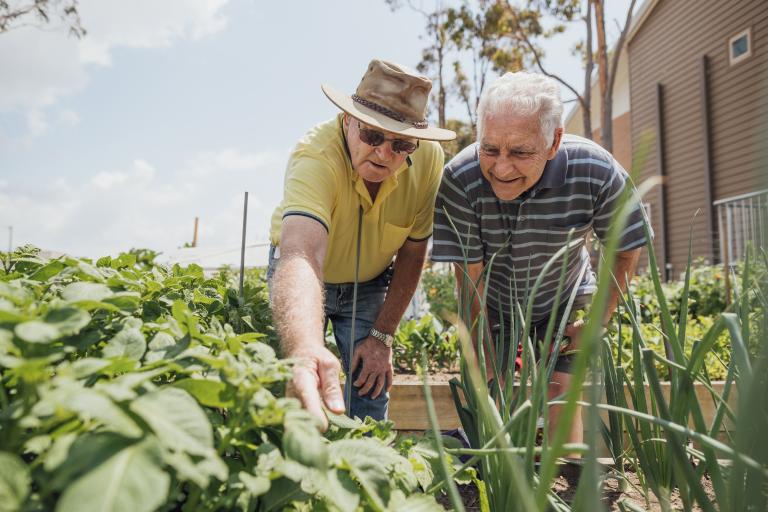
Malnutrition screening
Please note
The information on this website and in the online training is provided for general information and educational purposes only. If you have any health concerns or think you are at risk of malnutrition, talk to your GP.
- Malnutrition is a deficiency, excess or imbalance of a person’s energy and/or nutrients.
- ‘Malnutrition’ on this page, means ‘under-nutrition’ caused by lack of protein and energy.
- Malnutrition risk screening is a quick, cost-effective way to identify people that may require more support to meet their energy and/or protein requirements.
- In most cases, your clients will not need any help.
What is protein-energy malnutrition?
Protein-energy malnutrition may happen when a person is unable to meet their protein and/or energy needs. Older people may be more vulnerable to this if they:
- are eating less
- have increased nutrition needs
- are less able to absorb nutrients from foods.
Learn more about protein-energy malnutrition here
Problems that malnutrition can cause older people
Protein-energy malnutrition can affect an older person’s:
- body shape, size and composition (weight loss, muscle loss)
- ability to move
- ability to think clearly
- mood and energy
- recovery from illness or injury.
How to identify and support people at risk of malnutrition
There are many reasons that older people may eat less food. These include:
- reduced ability to access, prepare or eat food
- poverty
- isolation or loneliness
- poor quality food in aged care
- food that is culturally inappropriate in aged care
- reduced ability to feed themselves, chew or swallow
- reduced sense of taste and/or smell
- poor appetite
- disability
- depression and/or anxiety, self-neglect, bereavement.
Learn more about malnutrition here
Malnutrition Screening Tool
- The Malnutrition Screening Tool (MST) is an easy-to-use screening tool.
- It can help you identify if your client is at risk of malnutrition.
- It contains two nutrition risk identification questions.
- It gives a score out of five to show the level of malnutrition risk.
- If the person has a score of 2 or higher, use the Nutrition Risk Identification Questions to identify any issues.
- Use it to decide how to help and follow-up.
- For help using the MST email: [email protected]
Malnutrition Screening Tool resources
- Download the Malnutrition Screening Tool
- Download the Nutritional risk identification questions
- Download the Malnutrition risk referral form
- Access free ‘Malnutrition in Older People’ online training
How to access an Accredited Practising Dietitian
If your client is at high risk for malnutrition or has other nutrition issues, you can refer them for nutrition counselling and support.
Tasmanian Nutrition and Dietetics Department
- Accredited Practising Dietitians provide one-on-one nutrition counselling and support.
- Wait times can vary.
Download the malnutrition risk referral form
My Aged Care
- Get a referral through the Australian Government’s My Aged Care program
- This option is currently available in the South and North West.
Learn more on the My Aged Care website
Private Accredited Practising Dietitian
- You can refer your client to see a private Accredited Practising Dietitian.
- There will be a cost involved.
- Speak to your client’s GP about a healthcare plan. This can help to reduce cost.
